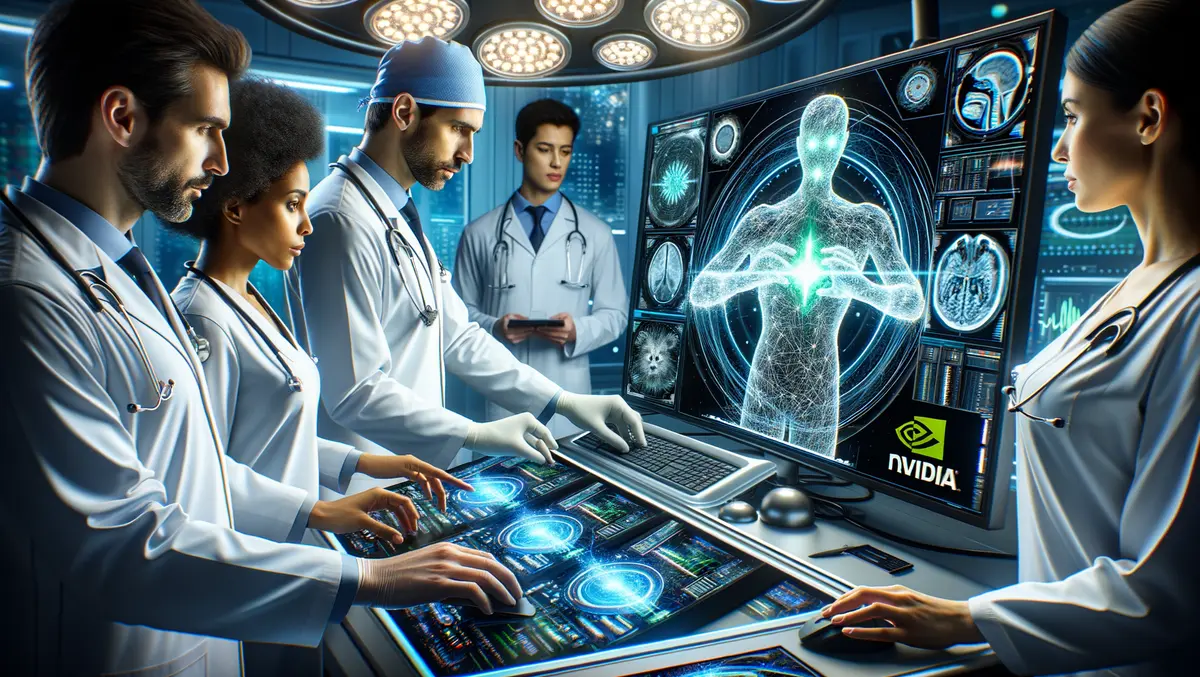
Johnson & Johnson & NVIDIA aim to boost AI use in surgery
Johnson & Johnson MedTech's partnership with NVIDIA is set to test and broaden the applications of artificial intelligence (AI) in the operation theatre. Artificial intelligence, which is already being used to connect, analyse, and predict based on operating room data, is expected to enhance clinical decision-making and amplify operating room efficiency.
Johnson & Johnson MedTech is already widely established in the medical field, with a presence in 80% of operating theatres worldwide. Stepping up collaborative efforts with NVIDIA will enable J&J MedTech to expedite the delivery of real-time, large-scale insights, bolstering support for medical professionals pre-, during and post-surgery. The incorporation of NVIDIA's premier AI solutions, such as the NVIDIA IGX edge computing platform and NVIDIA Holoscan edge AI platform could significantly speed up J&J MedTech's infrastructure to implement AI-based software tools for surgical procedures.
This partnership was announced at NVIDIA GTC, the global AI conference. This collaboration could potentially encourage the integration of third-party models and applications developed across the digital surgery ecosystem by providing a common AI computing platform.
Shan Jegatheeswaran, Vice President and Global Head of Digital at J&J MedTech, commented on the development, saying: "AI models are currently being created by experts in surgery in various parts of the world. If we can create a trusted, open ecosystem that enables and accelerates coordination, it would create a flywheel of innovation where different groups can collaborate and connect at scale, improving access to advanced analytics across the surgical experience."
Moreover, NVIDIA's Holoscan, which aids in the development and quick deployment of AI applications to process data streams, entails reference pipelines that build AI applications for a range of medical use cases, including endoscopy and ultrasound. It runs on NVIDIA IGX, featuring NVIDIA Jetson Orin modules, NVIDIA RTX A6000 GPUs and NVIDIA ConnectX networking technology, enabling high-speed data streaming from medical devices and operation theatre video feeds.
J&J MedTech is exploring the potential of NVIDIA-accelerated edge analytics within its connected digital ecosystem. This approach encourages the creation of AI-based applications powered by a variety of surgical data such as operating device data, as well as patient-specific information. For instance, actual footage captured by an endoscope could be useful in refining an AI model capable of identifying organs, tissues, and potential tumours in real time to support clinical decisions.
"Surgical technologies will get more intelligent over time, bringing the power of advanced analytics to surgeons and hospitals," Jegatheeswaran stressed. "A collection of AI models could act like driver-assistance technology for surgeons, amplifying their ability to deliver care while reducing cognitive load."
In the future, AI could remove identifiable information from surgical videos for research purposes and ensure patients' data privacy. There may also be applications for AI to enable surgeons to interact with chatbots to understand a patient's medical history or best practices for handling specific complications – which would undoubtedly improve operating room efficiency.


